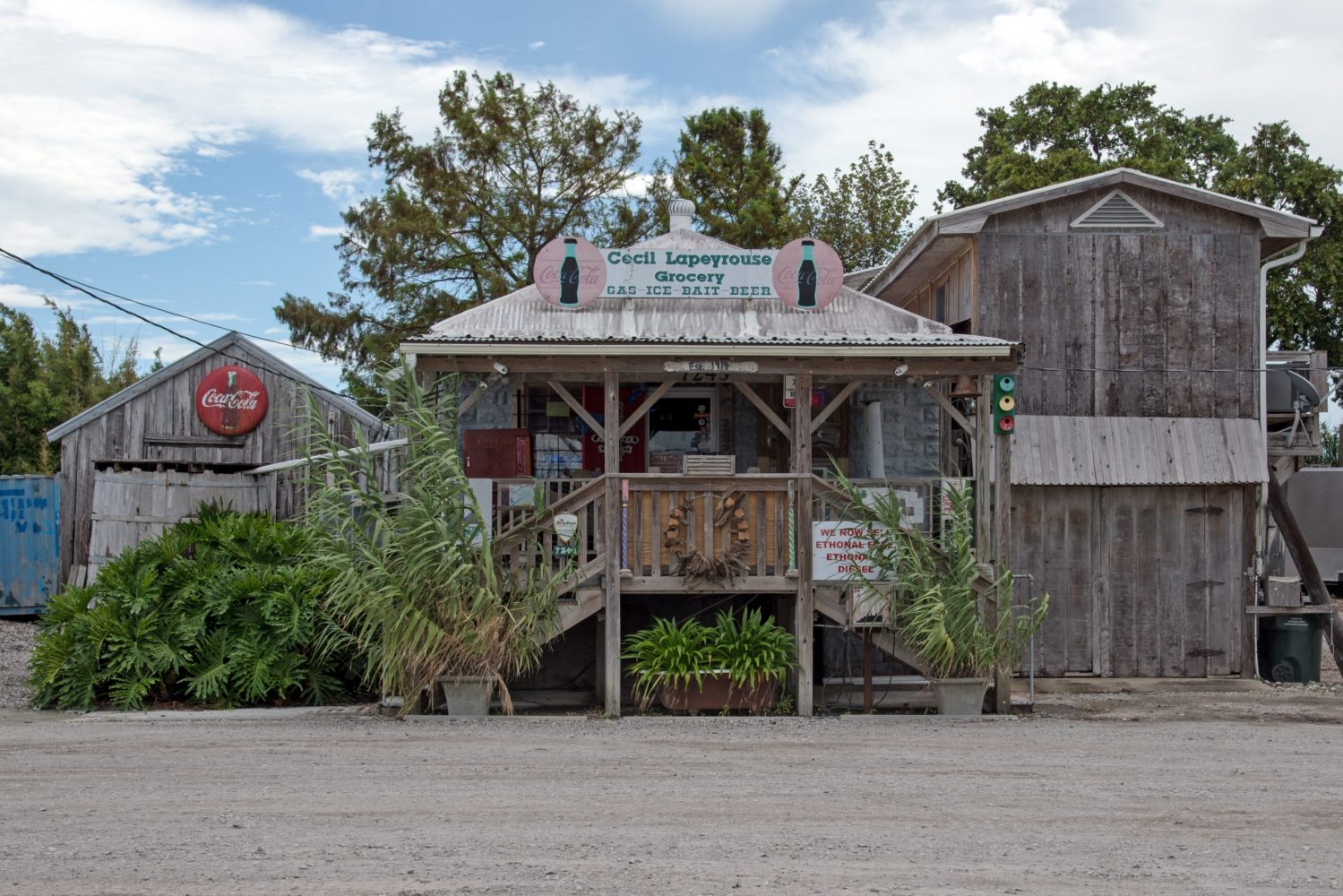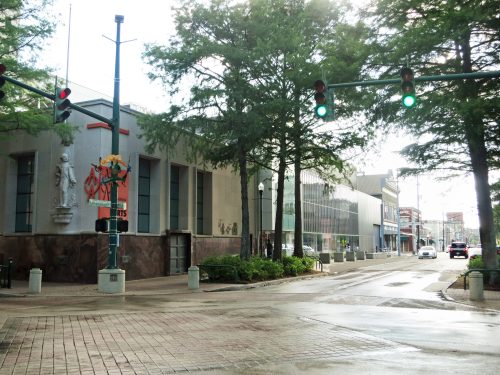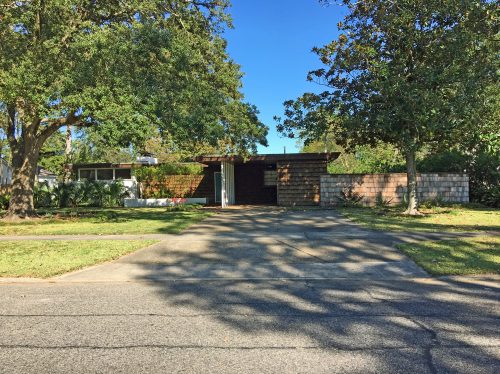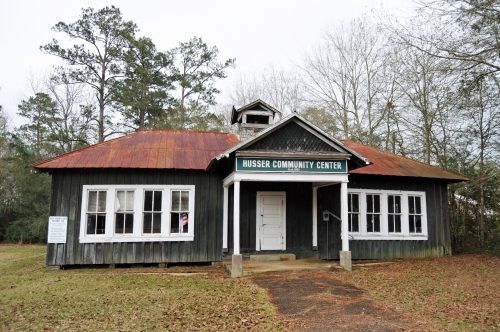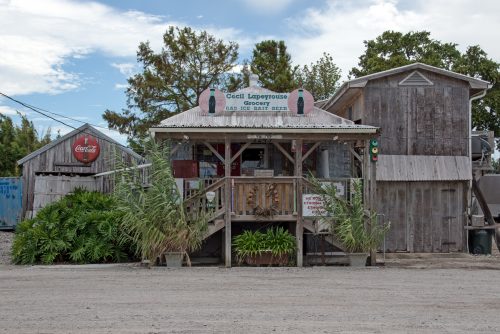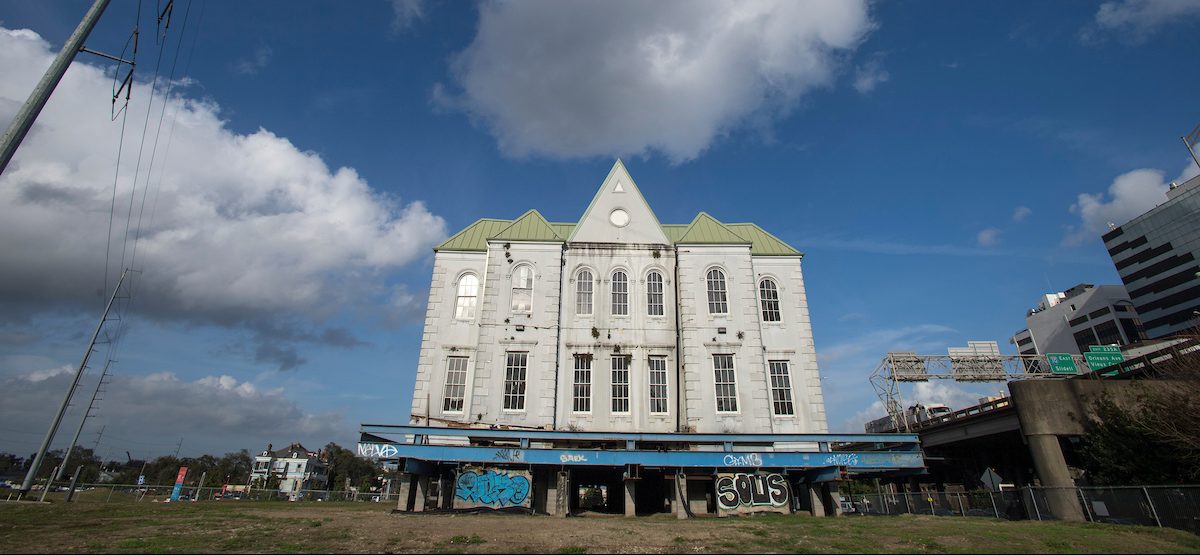This story appeared in the June issue of PRC’s Preservation in Print magazine. Interested in getting more preservation stories like this delivered to your door nine times a year? Become a member of the PRC for a subscription!
by Emily Ardoin, National Register Coordinator, Louisiana Division of Historic Preservation
Louisiana has gained 11 new listings in the National Register of Historic Places. These resources, approved by the National Park Service from last fall to this spring, include nine individual buildings and two historic districts. They range in age and architectural style and cover a wide variety of Louisiana’s unique cultural and architectural history in rural and urban communities.
In New Orleans, there were three listings: the Louisiana Coca-Cola Bottling Plant, Dryades Branch Library and the Médard Nelson Home and School. The Dryades Branch Library is locally significant under Criterion A in the areas of education and ethnic heritage as the first, and for most of its operation, only public library widely available to Black New Orleanians during segregation. The Médard Nelson Home and School is locally significant under Criterion A in the area of education as a rare example of a school that operated in violation of Jim Crow laws, educating students of many races and ethnic backgrounds from the 1880s to the 1930s. The Louisiana Coca-Cola Bottling Plant is locally significant under Criterion A in the areas of industry and commerce as the premier bottling plant in the New Orleans metropolitan area during its operation from 1949 to 1970.
Elsewhere in Louisiana, there were eight listings including six individual buildings and two historic districts. Both districts are located in Lafayette. The Lafayette Central Business District is locally significant under Criterion A in the areas of commerce, politics/government and community planning/development as the commercial and civic center of Lafayette beginning in 1870. The Oil Center is significant under Criterion A in the area of industry for its importance in the development of the oil industry in Lafayette and under Criterion C in the area of architecture as an important collection of mid-century modern designs and an example of the work of architect A. Hays Town.
Advertisement
The D’Agostino Building in Port Allen and Lapeyrouse Grocery in Chauvin are both locally significant under Criterion A in the area of commerce — Lapeyrouse Grocery as an important rural general store, and the D’Agostino Building as a major hotel in West Baton Rouge Parish and a rare surviving resource from Port Allen’s historic commercial center.
The Husser School-Husser Community Center in Husser and the Daigleville School in Houma are both locally significant under Criterion A in the area of education. The Daigleville School is an important example of a school serving Indian students under Terrebonne Parish’s tripartite segregation system; it is also locally significant under Criterion C in the area of architecture for its Classical Revival style. The Husser School also is significant in the area of social history for its later importance as a community center.
The Kenneth C. and Carolyn B. Landry House in Baton Rouge and the Louis S. Lozano House in Plaquemine are both residences listed under Criterion C in the area of architecture. The Landry House is a locally significant example of the mid-20th-century Contemporary style with International Style influences and is one of the earliest architect-designed houses exhibiting this style in Baton Rouge. The Lozano House is a locally significant example of the Free Classic subset of the Queen Anne style, adding an important element to the collection of Queen Anne residences in Plaquemine.
Of the 11 recently listed resources, at least three are in the process of or will be pursuing rehabilitation tax incentives. This illustrates the close relationship between the National Register and tax incentive programs and the success of the partnership between the two programs. More information on each of these nominations can be found in the Louisiana Division of Historic Preservation’s National Register Database here.
For more information about the National Register process in Louisiana, click here.
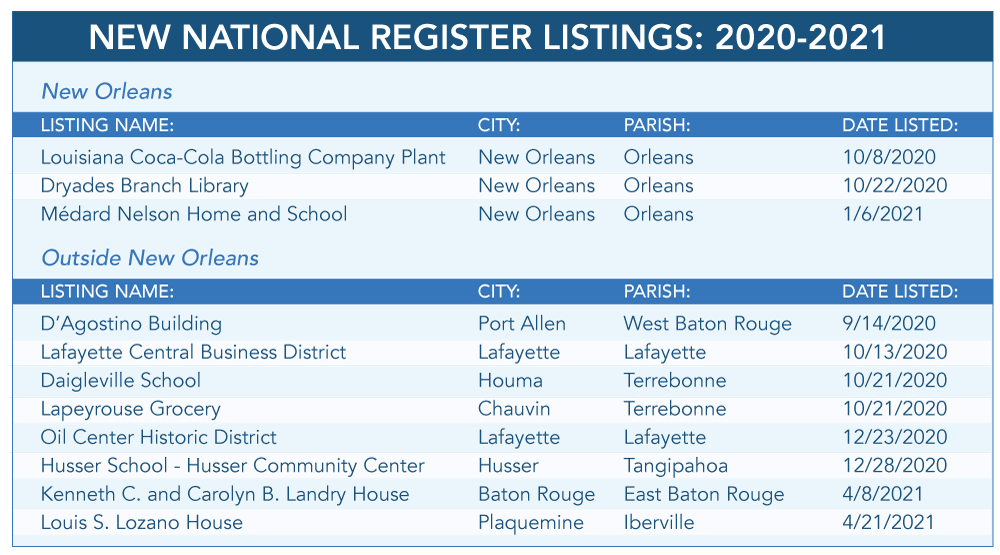
Photo 1: The Lafayette Central Business District recognizes the historic core of downtown Lafayette, which became an economic hub for the city and the surrounding areas in the late 19th century. Photo courtesy of the Louisiana Division of Historic Preservation. Photo 2: The Kenneth C. and Carolyn B. Landry House, built circa 1951, was designed by local architect Kenneth C. Landry for his own family. The house is a locally significant example of mid-century modern architecture in Baton Rouge. Photo courtesy of the Louisiana Division of Historic Preservation. Photo 3: The Husser School-Husser Community Center served as a school until 1946, when it became a center of civic and social life in this rural community. Photo courtesy of the Louisiana Division of Historic Preservation. Photo 4: Lapeyrouse Grocery in Chauvin, which opened in 1914, continues to be operated by the Lapeyrouse family today. The store retains many of its historic features, including some shelving and fixtures. Photo courtesy of the Louisiana Division of Historic Preservation.
Advertisements



